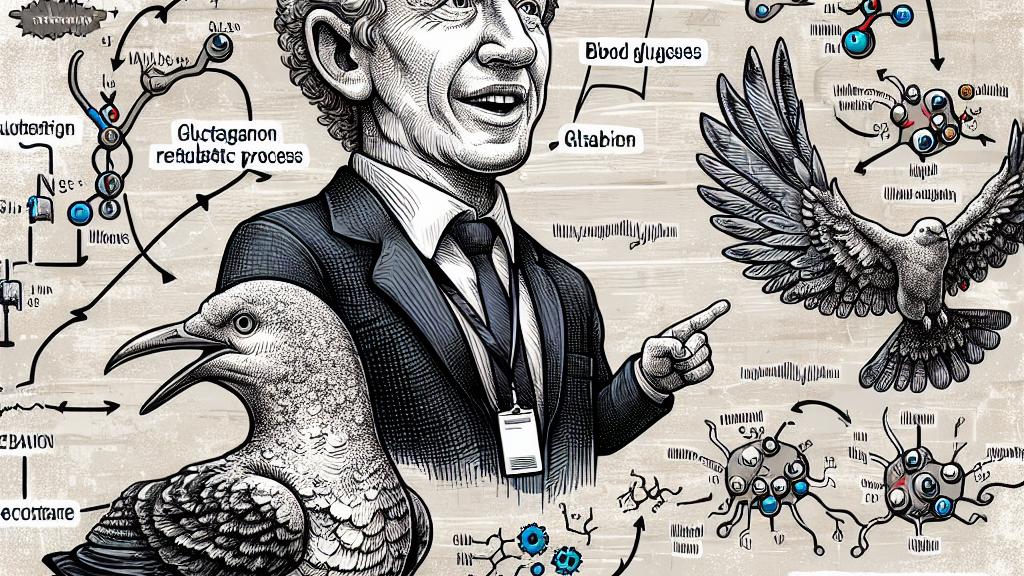How a Special Receptor Affects Blood Sugar Levels in Birds
Overview
- Birds possess a remarkable glucagon receptor that significantly influences their high blood glucose levels.
- This receptor remains constantly active, playing a crucial role in energy management and metabolism.
- Insights from this mechanism could revolutionize diabetes treatments and enhance our understanding of evolution.

The Unique Glucagon Receptor in Birds
In an exciting scientific breakthrough in China, researchers unveiled a striking feature of birds: their glucagon receptor (GCGR) is not merely functional; it operates in a unique state of constant activity! This remarkable characteristic is instrumental in maintaining high blood glucose levels, a key energy source critical for their survival. For example, while mammals typically regulate their blood sugar through more complex means, birds have adapted with a distinctive mechanism that allows them to thrive with elevated glucose levels. This difference not only showcases the ingenuity of evolution but also highlights how birds have fine-tuned their metabolic processes to support their high-energy lifestyles.
Mechanisms of Energy Regulation
Let’s explore how this receptor governs energy regulation. When the glucagon receptor is activated, it unleashes a surge of energy expenditure and facilitates the rapid conversion of fat from the liver into usable energy. Imagine a magnificent eagle preparing for its majestic flight; with its glucagon receptor in overdrive, it can quickly tap into stored energy reserves to soar high with grace and agility. Studies even suggest that such efficient energy management might have been pivotal in the evolutionary leap that allowed early bird-like creatures to take to the skies. This means the very structure of the glucagon receptor may have supported the evolution of flight itself, a captivating thought that connects physiology with the extraordinary journey of life.
Impact on Humans and Other Animals
Understanding the functional dynamics of the glucagon receptor in birds goes beyond their fascinating biology—it holds profound implications for humans and other animals as well. Given that high blood glucose levels are a hallmark of diabetes, insights gleaned from avian physiology might lead to groundbreaking treatment options for this common condition. Consider the possibilities: by applying what we learn from how birds manage their glucose, scientists could develop more effective therapies that enhance insulin sensitivity or create innovative medications. Imagine a future where research on these incredible animals transforms the way we approach diabetes care, showcasing the interconnectedness of life and the unexpected lessons we can learn from nature's wonders.

Loading...